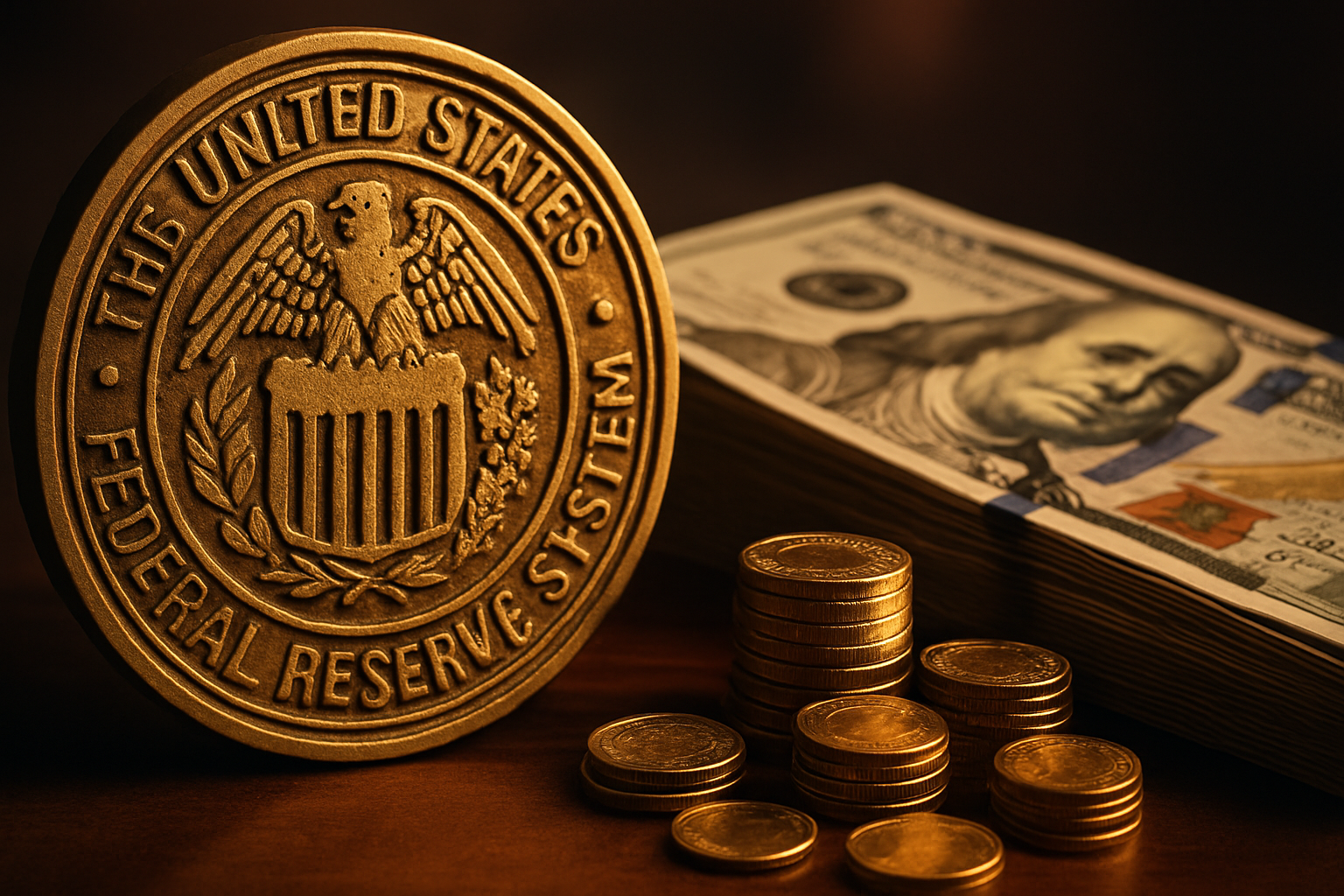Is This Sustainable?
An Economy Reliant on Stocks Driven by Fed Front-Running
The entire economy hinges on the stock market’s upward trajectory, driven by speculators anticipating the Federal Reserve’s actions. This arrangement is not only acceptable but also optimal, representing the best global system ever devised. However, it is unclear why this is considered rational or optimal.
The real-world economy, characterized by a neofeudal structure, is precariously balanced. A parasitic and predatory nobility exploits the gains of the Everything Bubble, while the bottom 80% struggles in debt-serfdom, serving the top 10% that owns 90% of the assets. This system relies on the wealth effect of soaring assets, facilitated by the Federal Reserve, for its survival.
Gaslighting is evident in the fact that many individuals fail to acknowledge the true nature of this arrangement, referring to it as neofeudalism. Furthermore, there is a widespread excitement among those who benefit from Fed-induced rate cuts, such as the top 10%, who have consistently experienced higher stock prices the following year, with a remarkable 20-out-of-20 success rate.
This remarkable track record of Fed-stimulated wealth effect has generated euphoria among the privileged few, particularly the top 10%. However, it is crucial to recognize that the majority of the population, including the bottom 50% who own a mere 2.6% of the nation’s financial assets, does not benefit from this phenomenon.
It is essential to acknowledge that stock market decisions are not solely based on fundamental analysis. While this approach is widely accepted as a cover story, the reality is that the Federal Reserve’s actions, such as rate cuts, drive market movements. Speculators anticipate these rate cuts and engage in front-running, leading to a cascading effect of rate reductions. This pattern culminates in a golden day when the Fed finally implements rate cuts, prompting a surge in stock purchases, regardless of fundamental factors like price-earnings ratios, revenues, or profit margins.
Certainly, major research institutions produce substantial volumes of research, yet it often fails to garner significant attention despite their public acknowledgment. The primary catalyst for prompting investment decisions lies solely with the Federal Reserve. All other factors serve merely as a façade, creating the illusion of thorough analysis and “investing.” - Read the article in full
The Fed’s Secret Tightening of Monetary Policy
The Federal Reserve’s decision to reduce its benchmark federal funds rate by half a percentage point has overshadowed the more significant increase in the longer-term estimate.
Last week’s economic projections showed the median forecast for the fed funds rate rose to 2.9 percent, up three times this year. This projection is now higher than since September 2018.
Fed officials have revised up their expectations for achieving their two percent inflation goal by raising the overnight bank lending rate.
This change reflects a shift from the rate’s steadiness from June 2019 to December 2023. The Fed’s increases are consistent, unlike the previous record of seven months from September 2012 to March 2013.
The Fed’s raises suggest they’ll likely continue raising the median estimate in December.
To grasp this, remember the Fed views the 2% inflation target as a fixed point in a cyclical economy. The fed funds rate and unemployment rate adjust to achieve this target. The median expectation for longer-run unemployment has varied from 4% to 5%. Currently, it stands at 4.2%.
Real GDP growth estimates have remained steady, averaging 1.8% since 2016 and peaking at 1.9% during the second half of the Trump administration due to unanticipated inflation.
This year, the projected fed funds rate has risen steadily, while the expected unemployment rate has increased slightly. Consequently, the Fed now perceives higher non-inflationary interest and unemployment rates.
This has adverse effects on American consumers and subtly criticizes the Biden-Harris economy. After four years of Democratic administration, the Fed believes Americans will endure fewer jobs and higher interest rates to control inflation.
Focusing on the longer-run rate is crucial because it significantly influences investment and growth. Businesses make decisions based on the expected interest rate over the project’s life, not the current rate, especially when it exceeds the longer-run expectation, as they anticipate refinancing at lower rates.
Despite loosening monetary policy in the current fed funds rate, the Fed has tightened its projection. - Breitbart




